Imagine coming face-to-face with a cat so massive, today’s lions would look like kittens in comparison. Long before the king of the savannah roared onto the scene, enormous, razor-toothed felines ruled the wilds. Some prowled icy tundras, others stalked ancient forests, but all were breathtaking beasts that could make even the bravest adventurer think twice. Ready to meet the true giants of the cat world? Let’s take a wild journey through 25 fascinating slides, each spotlighting the epic power and personality of these ancient feline predators.
The Mighty Smilodon: Saber-Toothed Superstar

Smilodon, famously known as the saber-toothed cat, wasn’t just a big kitty—it was a muscle-bound heavyweight with fangs longer than your fingers. Weighing up to 880 pounds, Smilodon populator was even larger than today’s lions. Its iconic, curved canine teeth could measure over 11 inches, perfect for delivering a fatal bite to massive prey. Unlike lions, Smilodon probably hunted with a combination of stealth and brute force, ambushing huge animals like bison and even young mammoths. Imagine meeting this ice age celebrity at your local watering hole!
American Lion: The Biggest Cat North America Ever Saw
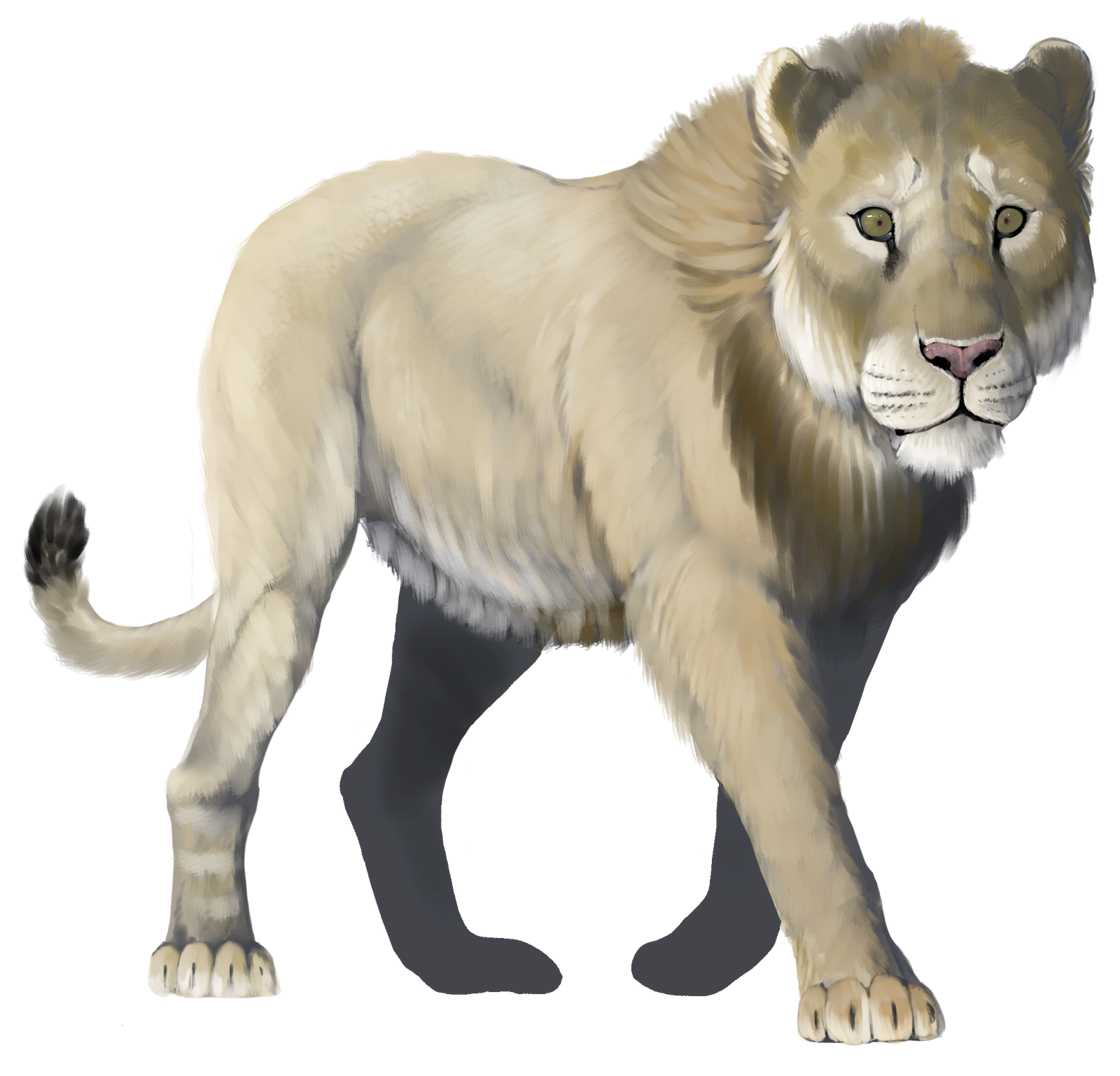
The American lion, Panthera atrox, makes the African lion seem petite. Up to 25% larger than modern lions, some American lions tipped the scales at nearly 1,000 pounds and stretched nearly 13 feet from nose to tail. Roaming ancient grasslands and forests, they hunted horses, camels, and giant ground sloths. If you think lions are brave now, picture one of these cats leaping onto a prehistoric bison. Their sheer size would have made even the boldest predator think twice before challenging them.
Homotherium: The Scimitar-Toothed Hunter
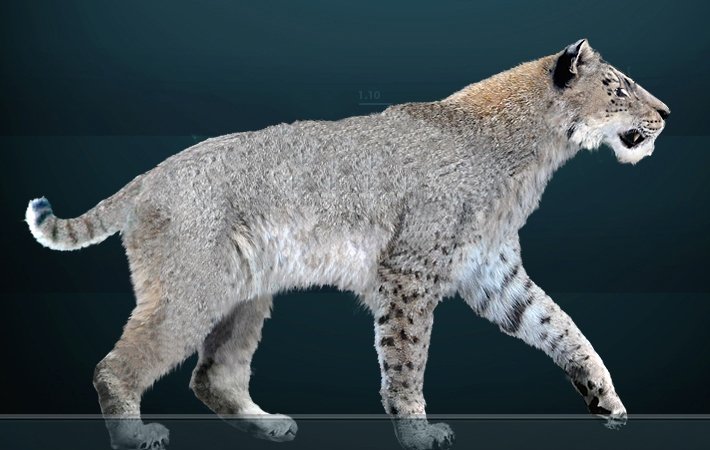
Homotherium, often called the “scimitar cat,” was a predator with style—its curved teeth looked like ancient swords. These cats sported long, muscular limbs and a sloping back, perfect for high-speed chases across open plains. Unlike the bulkier Smilodon, Homotherium was built for endurance, chasing herds of horses and antelope over long distances. At nearly 800 pounds, they were not only huge but could outrun most animals of their time. Just imagine this marathon runner crashing a prehistoric herd party!
Megantereon: The Stocky Saber-Tooth with Attitude

Meet Megantereon, the “little” saber-tooth—though little is relative. It was still bigger than today’s largest lions, weighing up to 600 pounds, with powerful shoulders and shorter limbs. Megantereon’s jaw muscles were packed for strength, giving it a bone-crushing bite. Fossils suggest it was a solitary hunter, using its impressive teeth to pierce thick hides. If you’ve ever seen a housecat bring down a bird, picture that, but super-sized and way more dramatic!
Panthera fossilis: The European Giant Cat
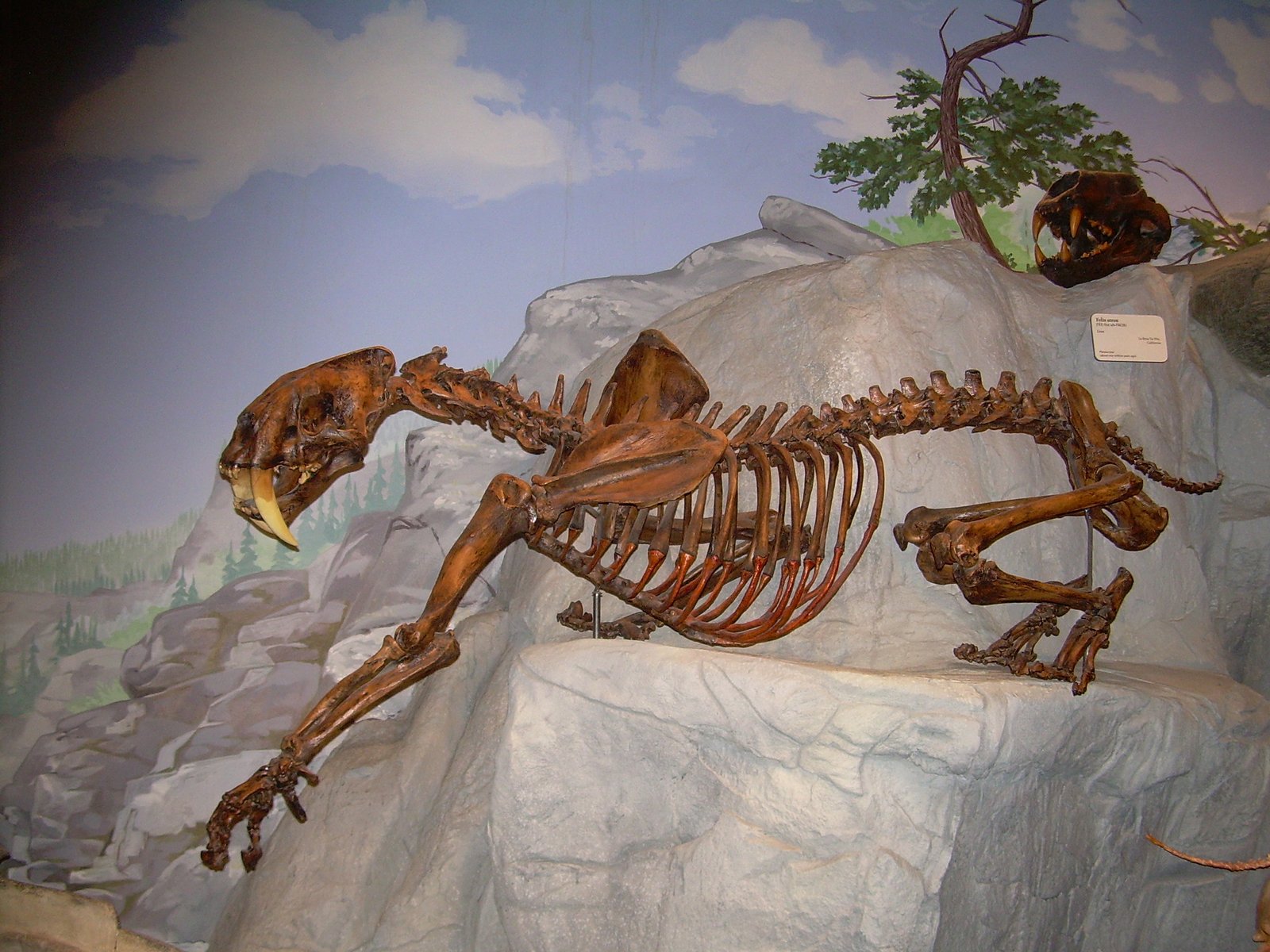
Before the modern lion, Panthera fossilis roamed Ice Age Europe and Asia, and it was a true behemoth. This ancestor of the cave lion was even bigger than its descendants, reaching up to 880 pounds. Panthera fossilis hunted everything from giant deer to woolly rhinoceroses. Its powerful build and intimidating roar must have echoed across frozen valleys, making every other animal think twice. Imagine a lion with supercharged muscles and a winter coat!
Machairodus giganteus: The Ancient Blade-Toothed Titan

Machairodus giganteus sounds like a dinosaur, but it was actually one of the largest saber-toothed cats ever. Some individuals weighed over 900 pounds and sported massive, blade-like canines. This cat’s jaw could open extra wide, allowing it to bite into thick-skinned prey. Machairodus roamed ancient Asia and Africa, likely using its sheer size to dominate open woodlands. Its look was both terrifying and awe-inspiring—a true feline Goliath.
Panthera spelaea: The Legendary Cave Lion
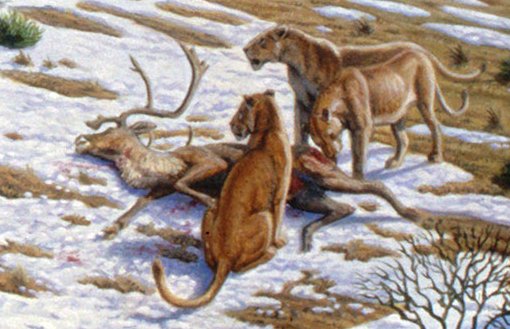
The European cave lion, Panthera spelaea, was no ordinary big cat. Larger than today’s lions, with males possibly weighing up to 800 pounds, cave lions ruled Ice Age Europe and Siberia. Their bones have been found deep in ancient caves, surrounded by prehistoric drawings—proof they inspired fear and fascination. Unlike modern lions, they may have hunted in snowy forests and frozen steppes, preying on reindeer and even baby mammoths. These cats were true legends of the Pleistocene.
Barbourofelis: The Ancient Cat-Bear Hybrid
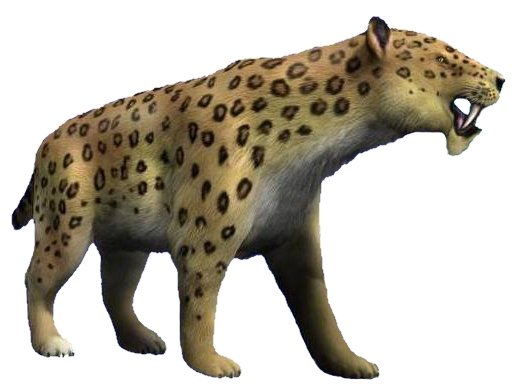
Barbourofelis looked like a bizarre mix between a saber-toothed cat and a bear—stocky, with thick legs and a broad head. It weighed up to 660 pounds and used its saber teeth to tackle large prey. This cat’s strong forelimbs suggest it pinned down animals before finishing the job, making it a wrestling champion of the ancient world. Barbourofelis might have looked almost comical, but you definitely wouldn’t want to meet it on a dark, prehistoric night!
Paramachairodus: The Early Saber-Toothed Sprinter
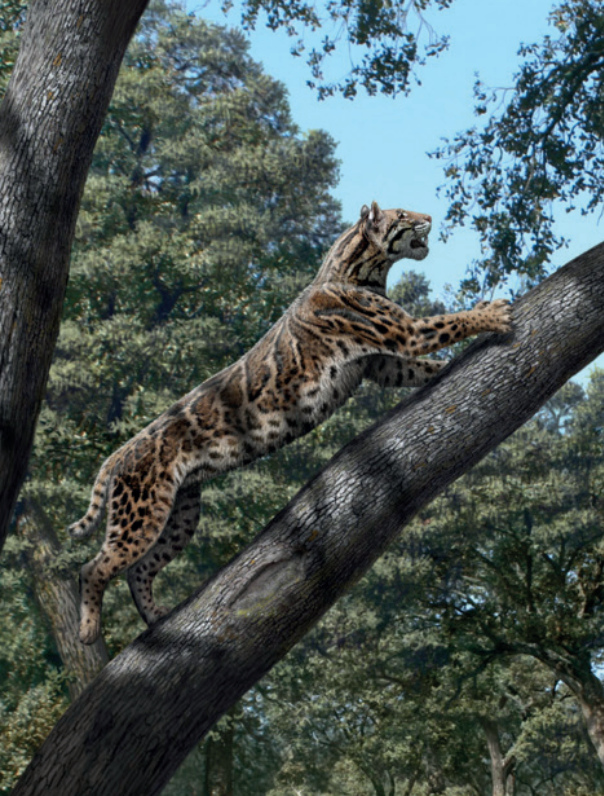
If saber-toothed cats had a race, Paramachairodus would be a contender for “fastest fang.” Sleek and agile, it was built for speed rather than size. Still, at nearly 400 pounds, it dwarfed most modern cats. Fossils reveal it hunted gazelle-like prey, using bursts of speed and sharp, curved teeth to bring down dinner. Think of Paramachairodus as the cheetah of the saber-toothed world—quick, clever, and always on the move.
Xenosmilus: The “Cookie-Cutter” Cat
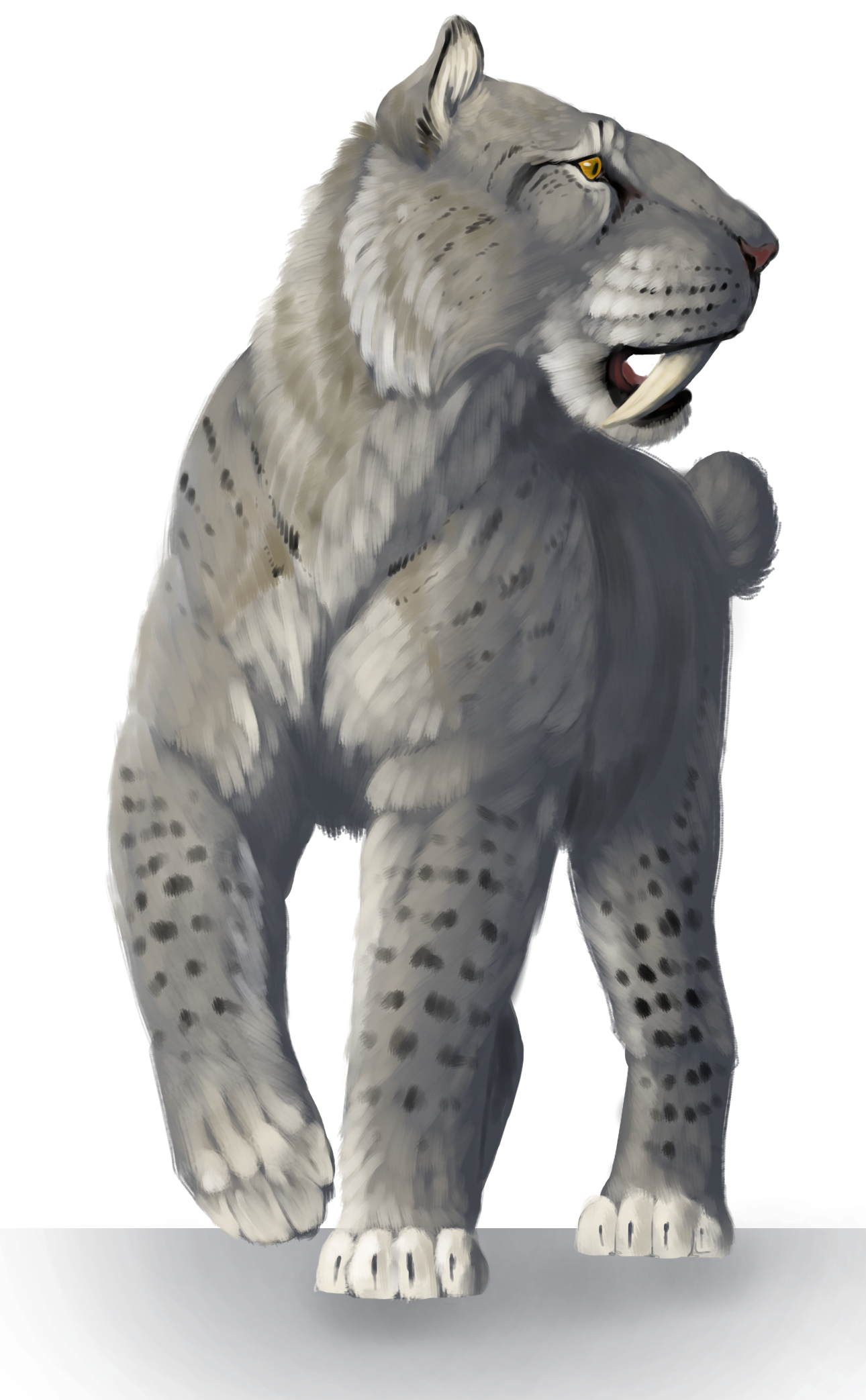
Xenosmilus had a bite that would make any dentist shudder—its teeth fit together like the blades of a saw, slicing flesh and bone with each chomp. At 800 pounds, Xenosmilus was bulkier than a grizzly bear and just as intimidating. Scientists call it the “cookie-cutter cat” because its teeth could carve perfect chunks out of prey. Imagine a cat with a built-in meat slicer, and you’ve got Xenosmilus—a prehistoric butcher with serious bite.
Dinofelis: The Terror of the Ancient Forests
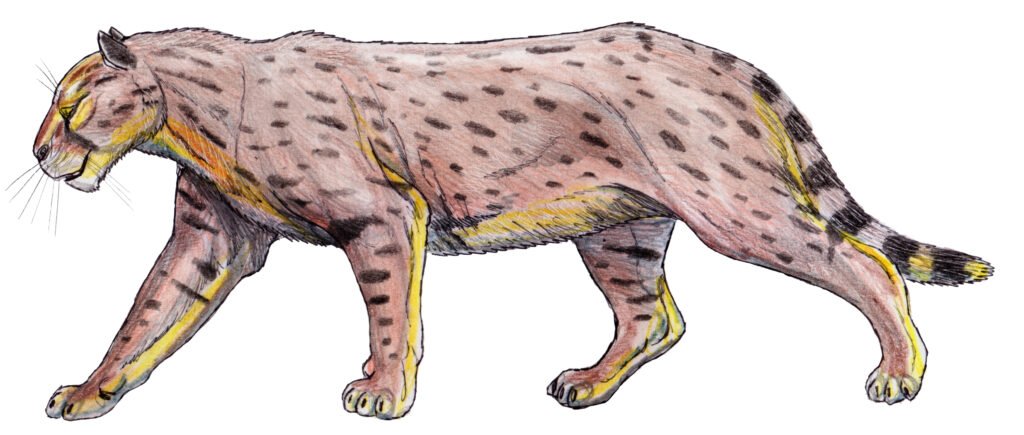
Dinofelis, which means “terrible cat,” was a predator built for ambush. Short, muscular limbs and retractable claws made it a master of stealth, sneaking up on ancient antelope and even early humans. At up to 440 pounds, it was smaller than some giants but still much bigger than most modern cats. Fossils found in South Africa suggest it haunted riverbanks and forests, waiting for the perfect moment to pounce. Dinofelis was the shadowy hunter of ancient woods.
Pseudaelurus: The Cat Who Started It All
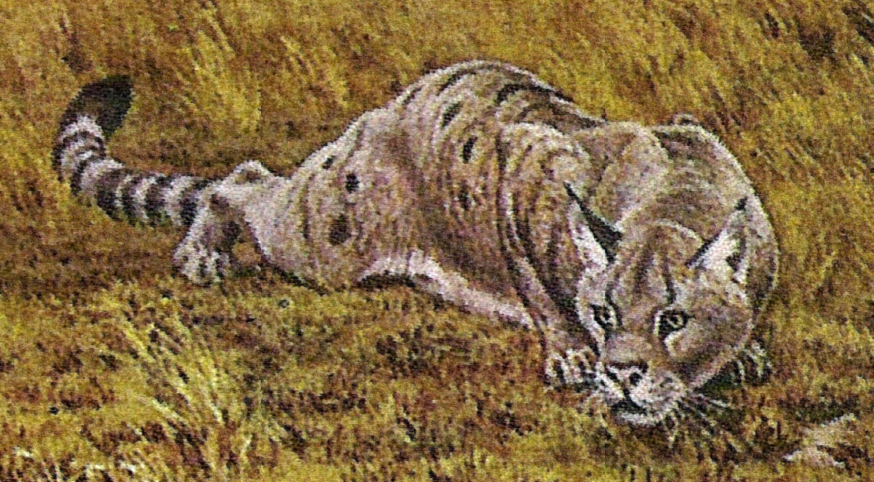
Pseudaelurus might not be the biggest cat on this list, but it’s one of the most important. Living around 20 million years ago, it’s considered an ancestor of all modern big cats and saber-tooths. At about the size of a lynx, Pseudaelurus paved the way for giants to come. Its adaptable hunting style let it thrive in forests and grasslands, setting the stage for the feline explosion that followed. Without Pseudaelurus, there might never have been lions, tigers, or saber-toothed cats!
Panthera blytheae: The Oldest Big Cat

Panthera blytheae is a fossil superstar—discovered in the Himalayas, it’s the oldest known member of the big cat family. While not as massive as later giants, this ancient cat opened the evolutionary door for tigers, leopards, and lions. Imagine a snow leopard’s ancestor prowling icy mountain trails, setting the blueprint for future feline royalty. Panthera blytheae proves that big cats have always been survivors, adapting to even the harshest environments.
Thylacosmilus: The Saber-Tooth That Wasn’t a Cat
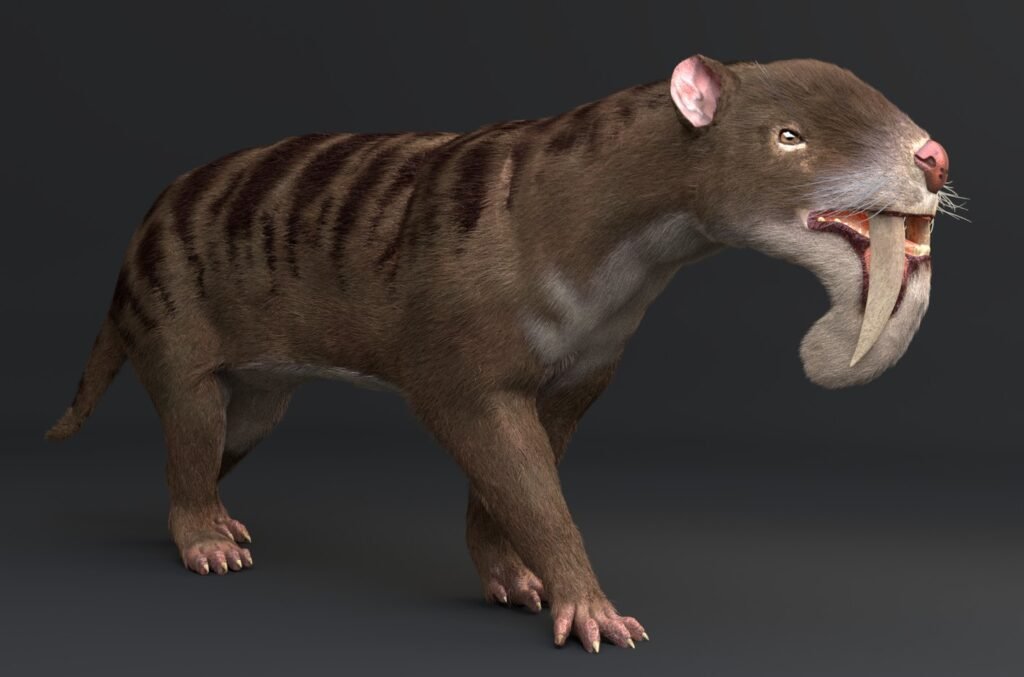
Surprise! Thylacosmilus isn’t technically a cat, but it looked and acted just like one. Native to South America, this predator had extra-long saber teeth and a jaw that opened extra wide. It weighed up to 330 pounds and hunted ancient armadillos and sloths. Thylacosmilus is proof that evolution loves a good idea—saber teeth evolved more than once! It’s the ultimate copycat in the world of prehistoric predators.
Panthera leo fossilis: The Lion Before Lions

Panthera leo fossilis is like the grandparent of today’s lions, but way more imposing. Fossils show it was larger and more robust, with a skull shape that hints at a stronger bite. It stalked the plains of Europe and Asia, hunting huge herds of prehistoric horses and deer. Panthera leo fossilis is a reminder that even the kings of today had truly mighty ancestors.
Machairodus aphanistus: The Stealthy Giant
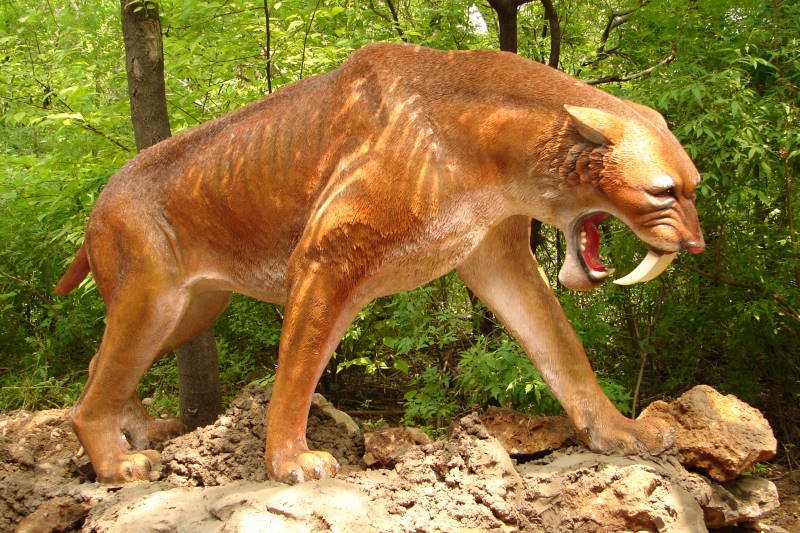
Machairodus aphanistus was a saber-toothed cat with a knack for staying hidden. Its long, slender limbs made it a silent stalker, while its robust jaws packed a punch. Weighing up to 770 pounds, it was a formidable hunter in Europe and Asia. Fossils suggest it took down large herbivores like ancient bison, using stealth rather than speed or brute force. Machairodus aphanistus was the ninja of the prehistoric cat world.
Panthera palaeosinensis: The Dawn Panther

Panthera palaeosinensis is like the morning light before a sunrise—it represents the dawn of the big cats. Living 2–3 million years ago in Asia, this panther-sized feline is believed to be the ancestor of both lions and tigers. Though not as large as later giants, it set the standard for strength and adaptability. Imagine a time when the big cat family tree was just starting to branch out—Panthera palaeosinensis was there at the root.
Amphimachairodus: The Heavyweight Saber-Tooth
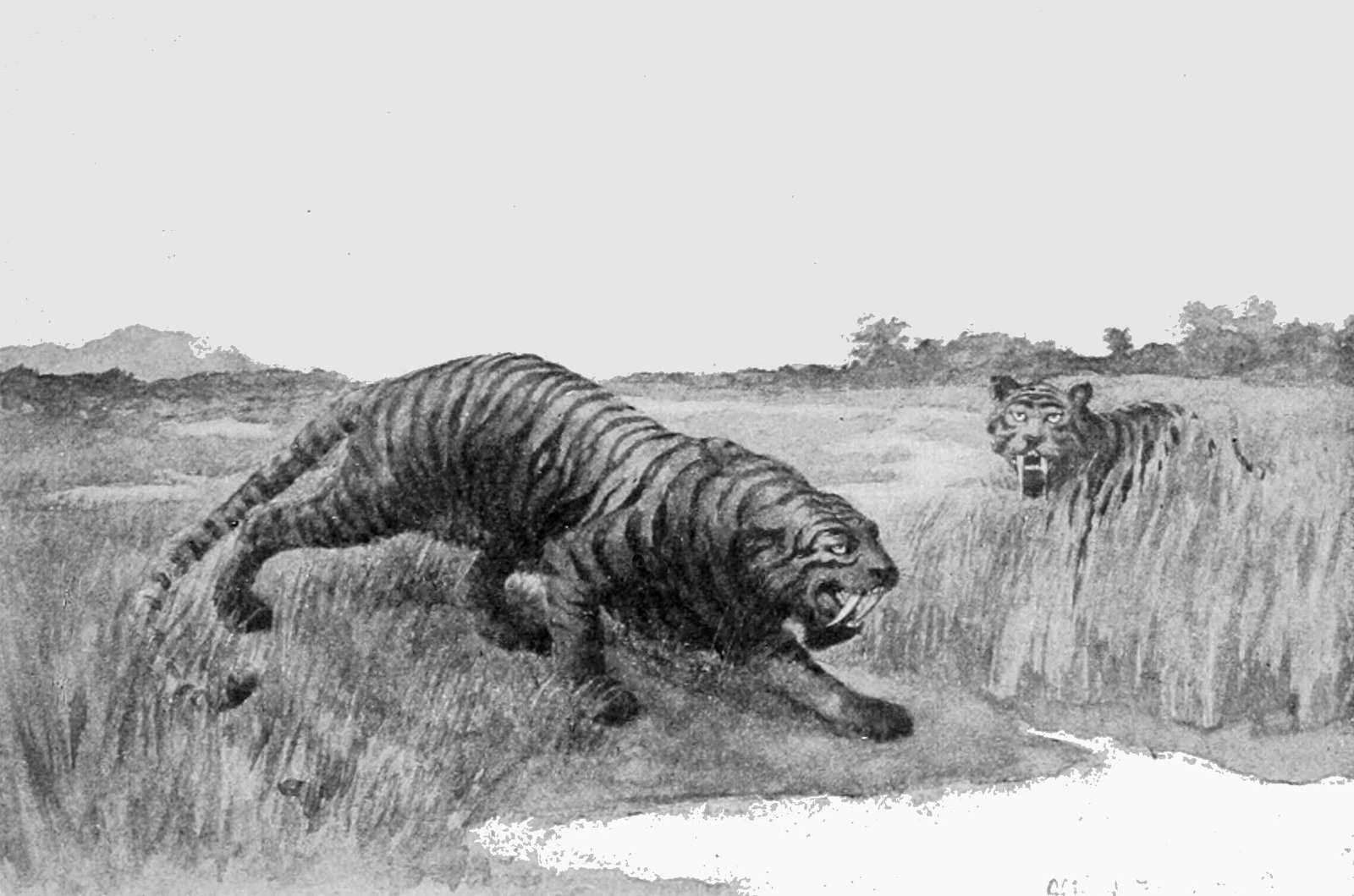
Amphimachairodus lived up to its name, reaching nearly 900 pounds and sporting saber teeth that could kill with a single bite. Its broad skull and powerful neck muscles made it a formidable predator. Fossils show it lived in both Eurasia and North America, taking on camels, horses, and even baby mammoths. Amphimachairodus was a true heavyweight champion, always ready for the next big hunt.
Adelphailurus kansensis: The Kansas King
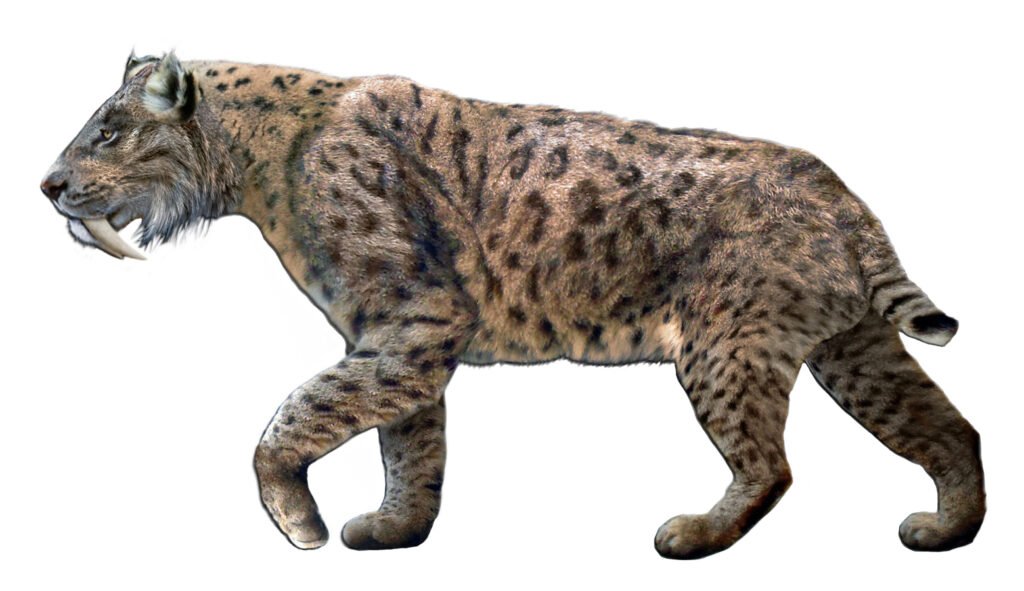
Adelphailurus kansensis prowled the ancient plains of North America, and while not the biggest cat here, it was still a force to be reckoned with. Weighing around 400 pounds, it hunted the grasslands for bison and ancient deer. Its unique jaw structure suggests it had a powerful bite, perfect for breaking bones and taking down large prey. Imagine a lion-sized cat racing across the Kansas prairies—Adelphailurus was the king of its time.
Panthera zdanskyi: The “Dragon Cat”
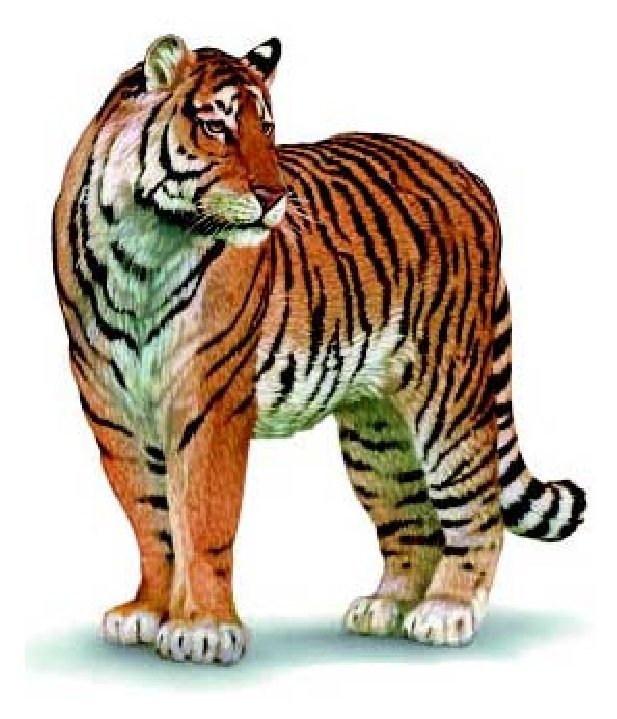
Panthera zdanskyi, nicknamed the “Dragon Cat,” was a huge, early relative of modern tigers. This ancient giant weighed up to 660 pounds and lived in what’s now China. Its massive jaw and sharp teeth made it a top predator, and its fossils have been found in dramatic, rocky caves. Panthera zdanskyi is a reminder that dragons aren’t just in fairy tales—sometimes, they’re prowling your own backyard!
Panthera shawi: The African Megalion
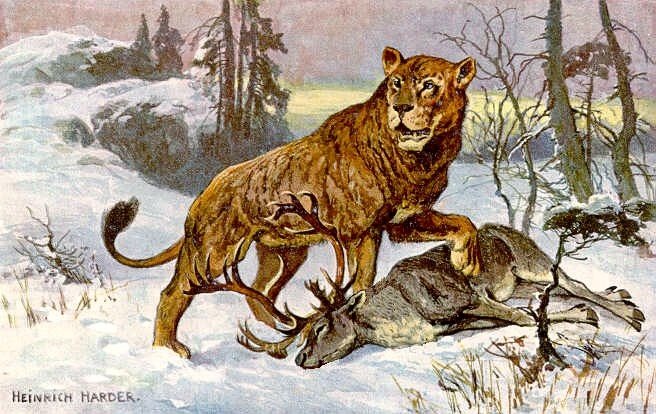
Panthera shawi was Africa’s own version of a super lion—bigger, stronger, and just as fierce. Living nearly 2 million years ago, it could weigh up to 800 pounds. Fossils show it hunted large herbivores, likely using teamwork much like today’s lions. If you think modern prides are impressive, imagine a pride of Panthera shawi taking down ancient elephants. Africa’s savannahs have never been the same since.
Ischrosmilus gracilis: The Graceful Hunter
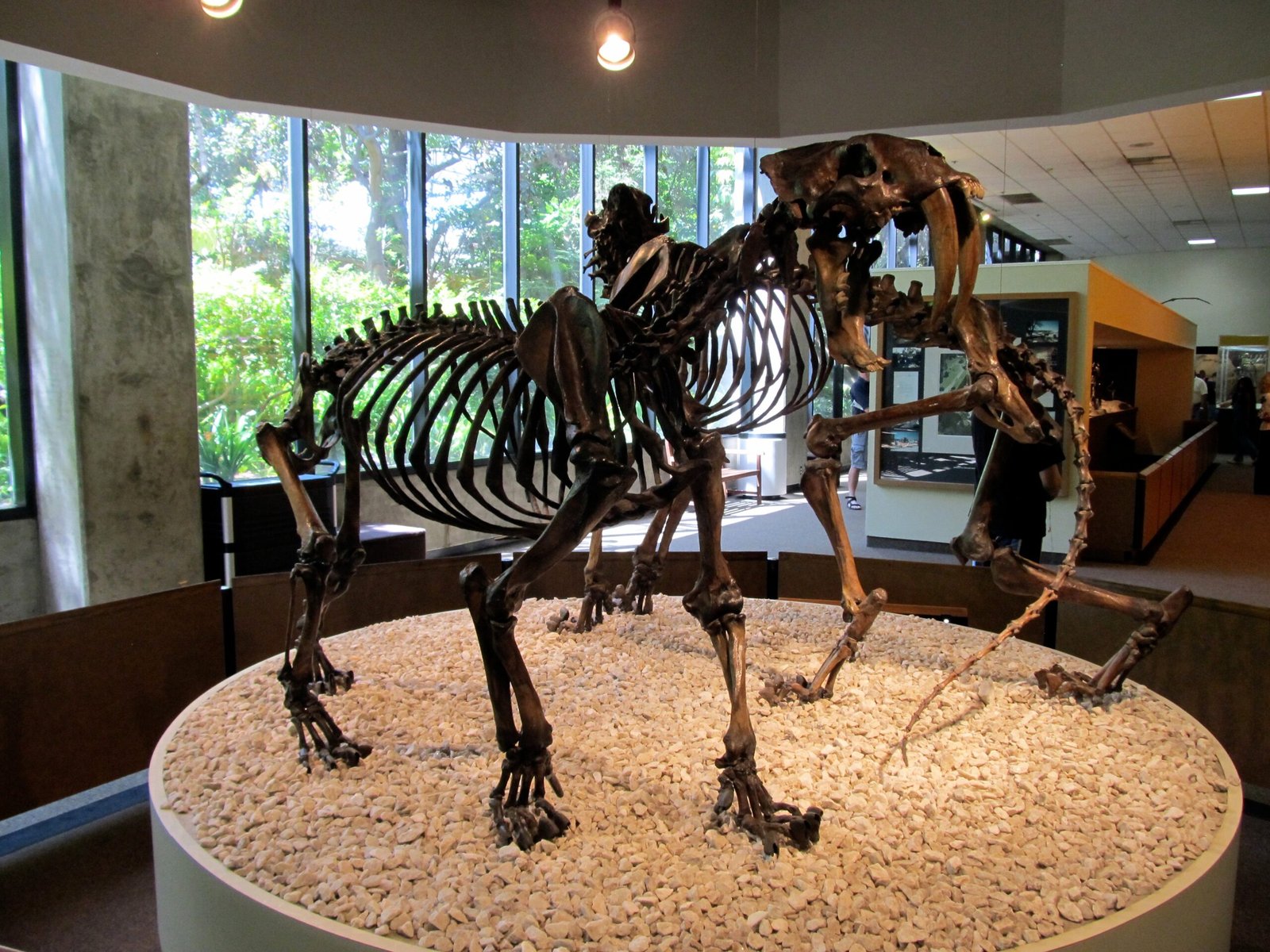
Ischrosmilus gracilis was an early saber-toothed predator with a slender, elegant build. Weighing around 330 pounds, it made up for its smaller size with incredible agility. Fossils found in Africa suggest it hunted quick-footed prey, using ambush tactics and lightning-fast attacks. Ischrosmilus was the ballet dancer of the ancient feline world—graceful, deadly, and always ready for a surprise leap.
Stenailurus teilhardi: The Chinese Saber-Tooth
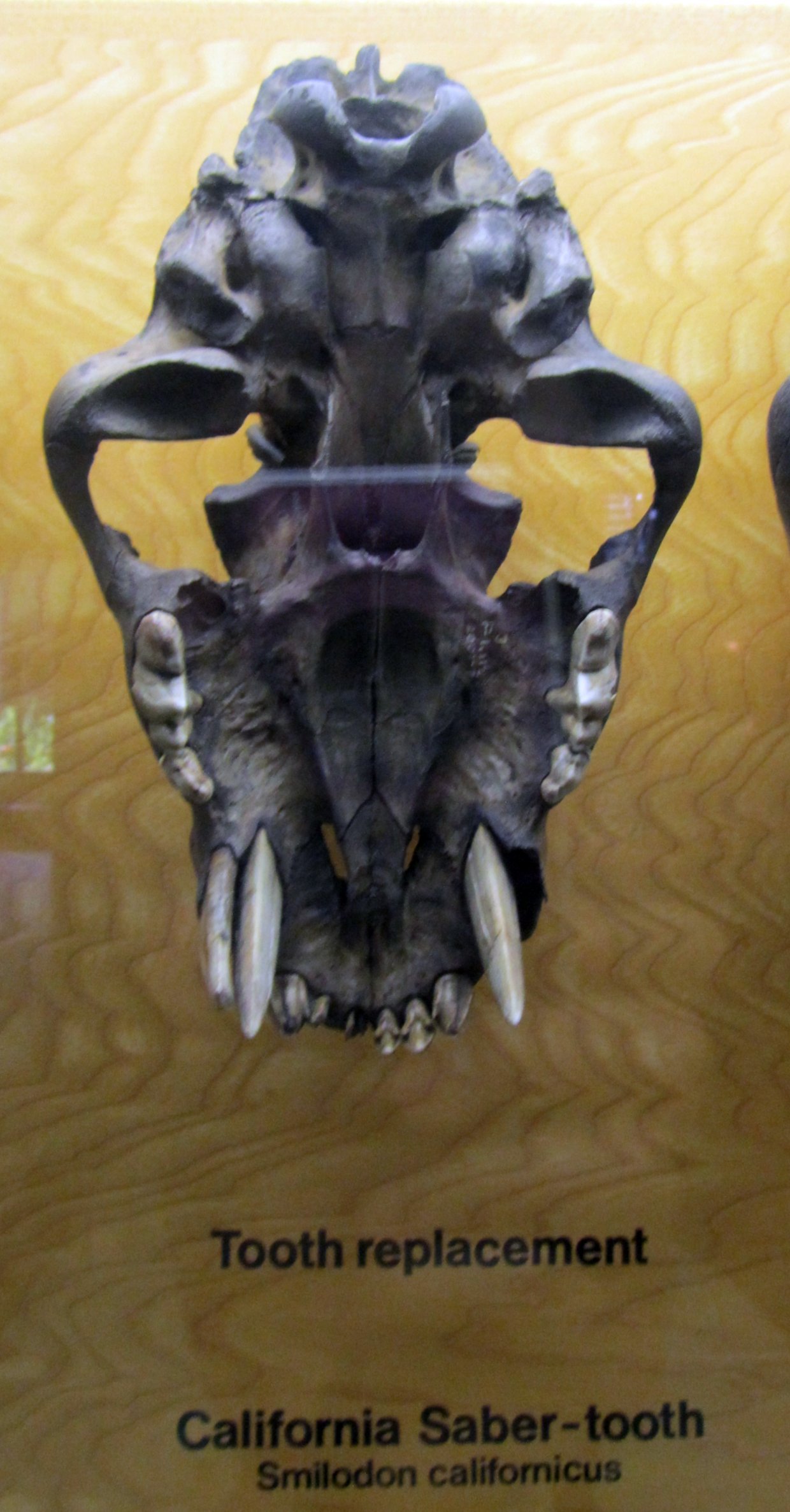
Stenailurus teilhardi was a saber-toothed cat from ancient China, weighing around 550 pounds. Its long, curved canines and powerful forelimbs made it perfect for hunting large herbivores in prehistoric forests. Fossils suggest it was a solitary hunter, relying on stealth and surprise. Stenailurus teilhardi was a master of the ambush, striking from the shadows with lightning speed.
Pogonodon: The “Bearded” Cat
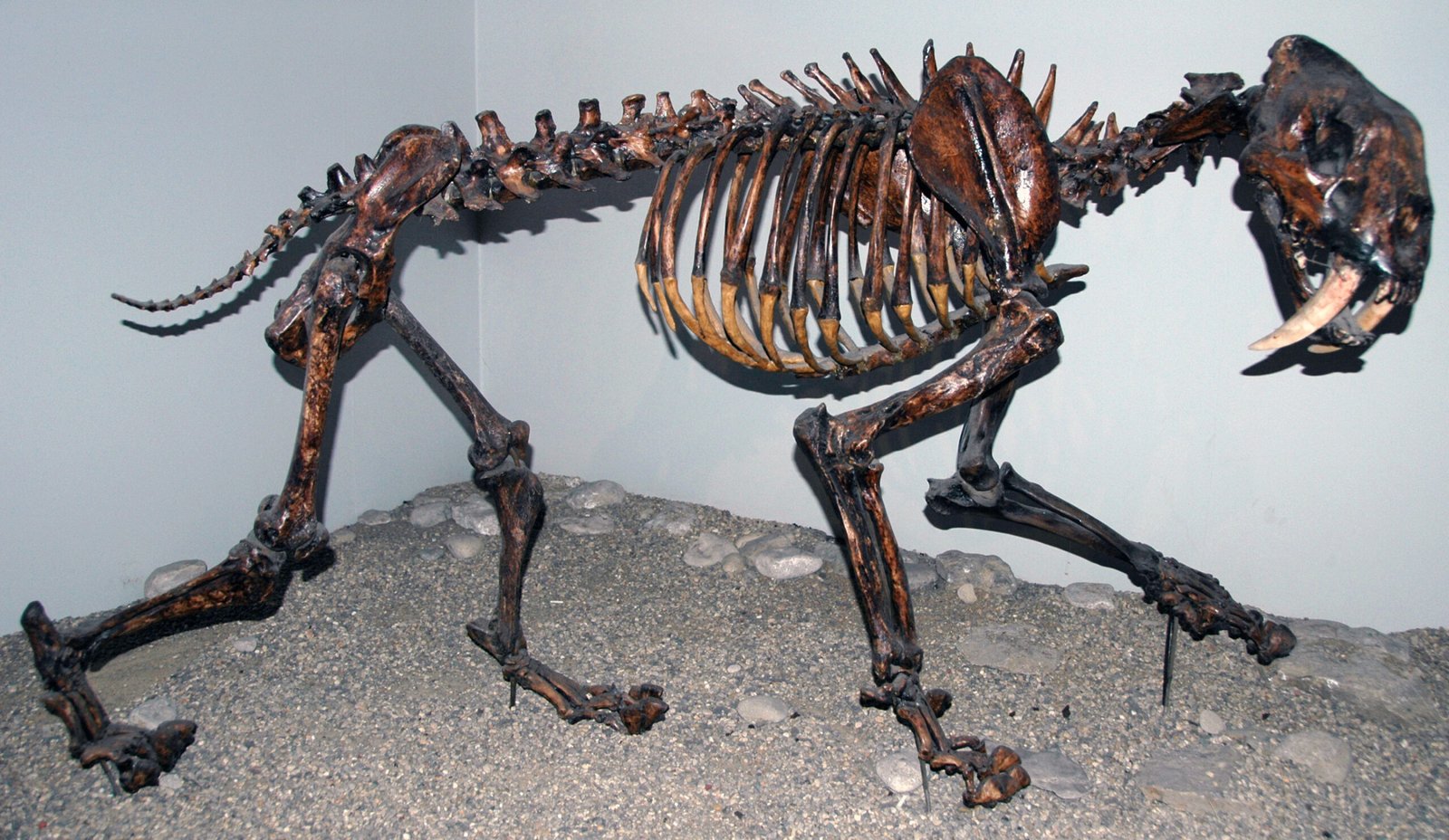
Pogonodon, whose name means “bearded tooth,” was an American saber-toothed cat with a unique look. Weighing up to 330 pounds, it had a short muzzle and enlarged upper canines. Its fossils have been found in ancient riverbeds, hinting that it hunted near water. Pogonodon’s unusual teeth and shaggy face gave it a one-of-a-kind appearance—a perfect blend of fierce and fuzzy.
Lokotunjailurus: The African Saber-Tooth Specialist
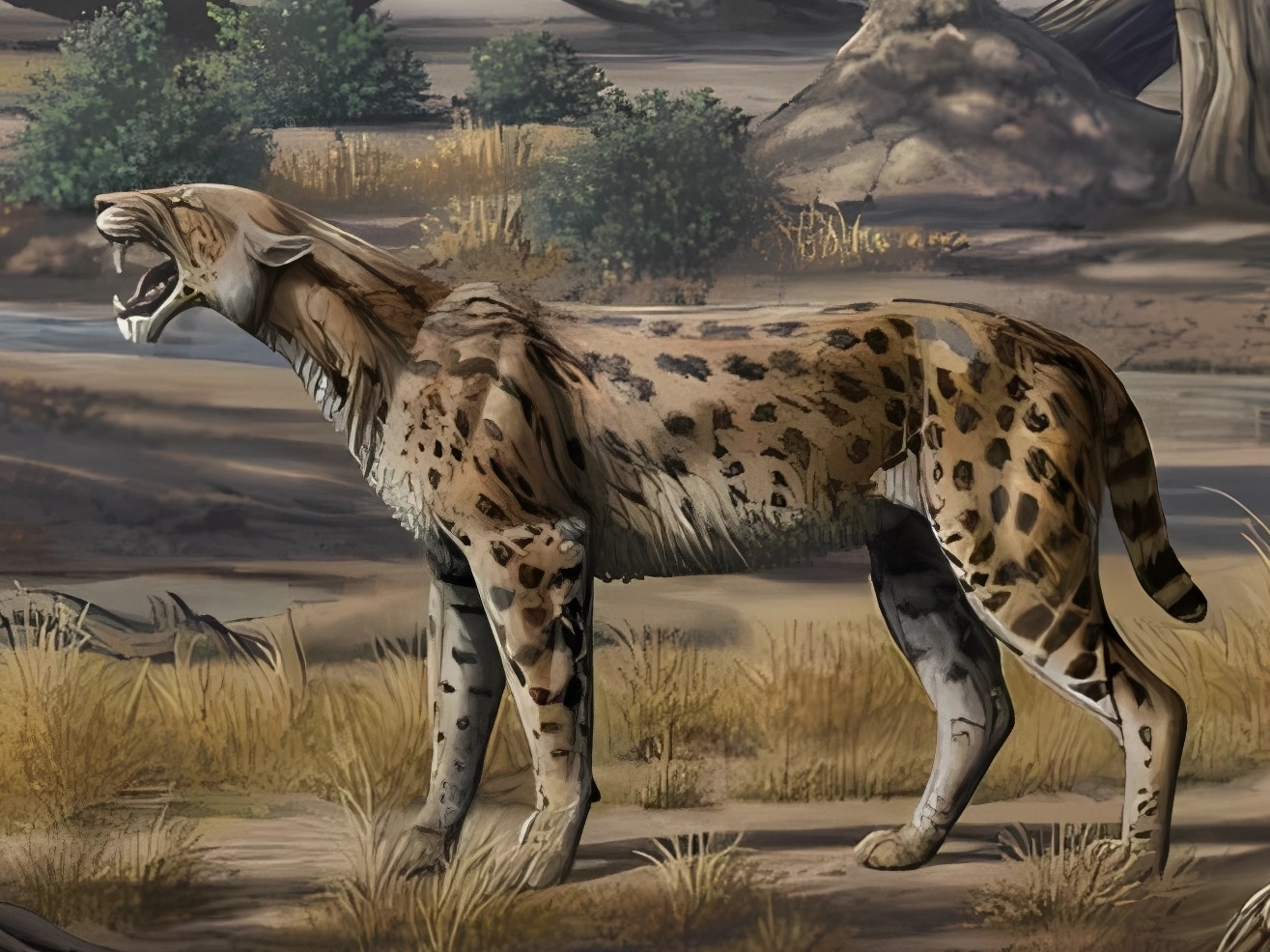
Lokotunjailurus was a saber-toothed cat adapted for the savannahs of Africa. At around 440 pounds, it hunted large grazing animals and may have competed with early hyenas. Its robust jaws and strong forelimbs made it a formidable predator, and its fossils show it was a true specialist. Lokotunjailurus is a reminder that Africa has always been a land of epic feline hunters.
Which of these ancient giants would you dare to meet face-to-face?

Suhail Ahmed is a passionate digital professional and nature enthusiast with over 8 years of experience in content strategy, SEO, web development, and digital operations. Alongside his freelance journey, Suhail actively contributes to nature and wildlife platforms like Feline Fam, where he channels his curiosity for the Feline into engaging, educational storytelling.
With a strong background in managing digital ecosystems — from ecommerce stores and WordPress websites to social media and automation — Suhail merges technical precision with creative insight. His content reflects a rare balance: SEO-friendly yet deeply human, data-informed yet emotionally resonant.
Driven by a love for discovery and storytelling, Suhail believes in using digital platforms to amplify causes that matter — especially those protecting Earth’s biodiversity and inspiring sustainable living. Whether he’s managing online projects or crafting wildlife content, his goal remains the same: to inform, inspire, and leave a positive digital footprint.






